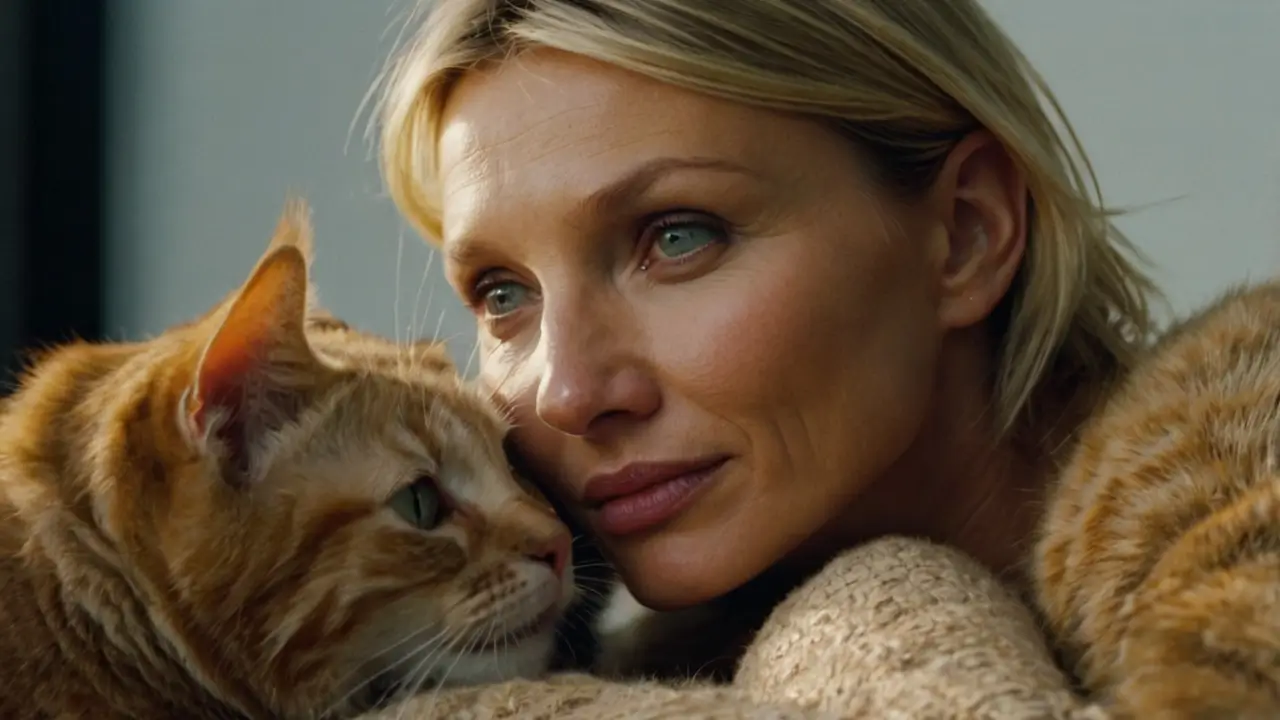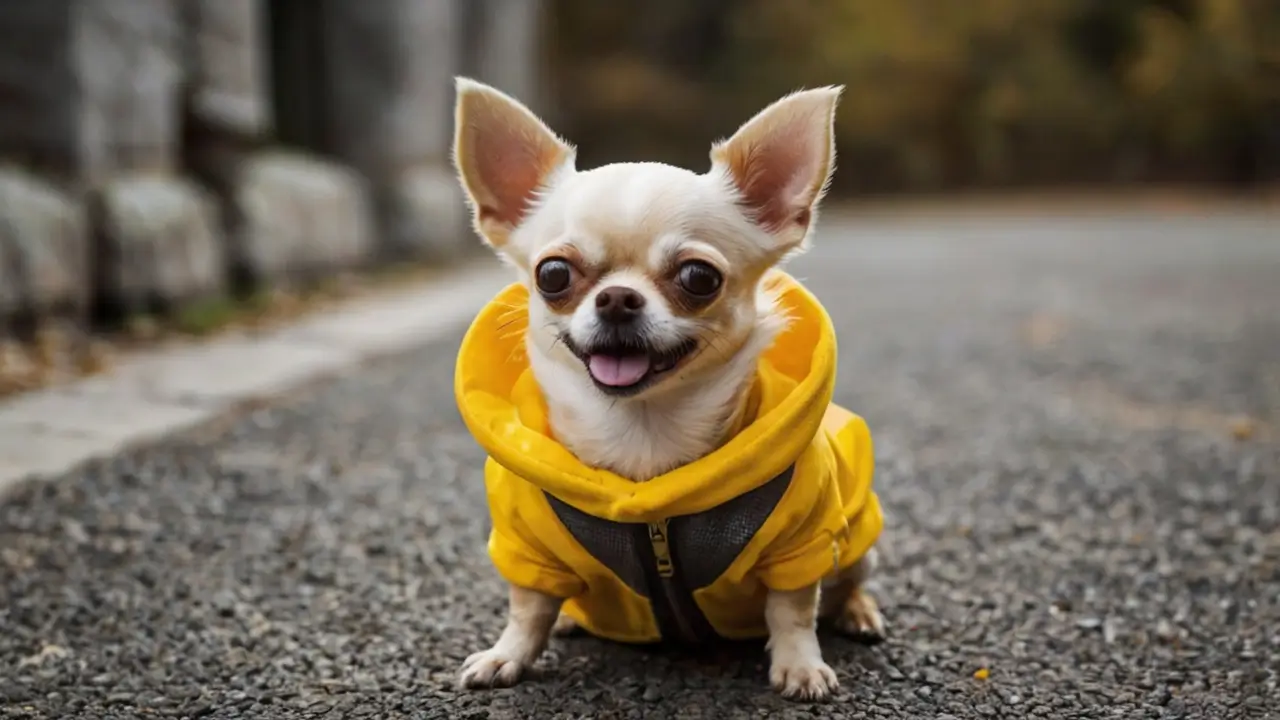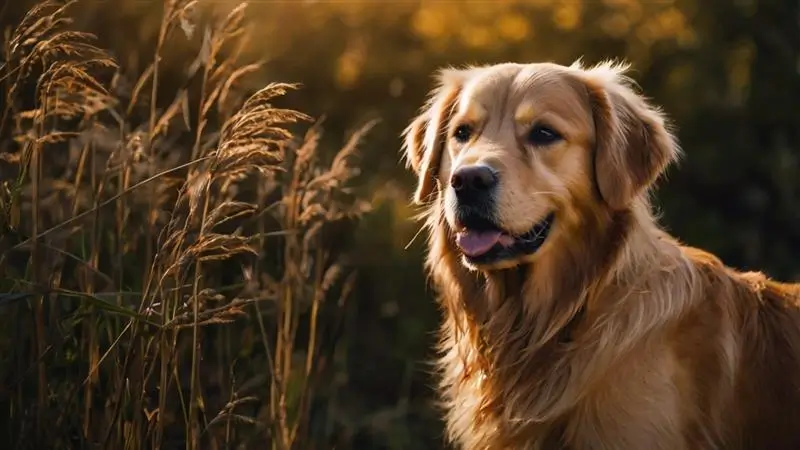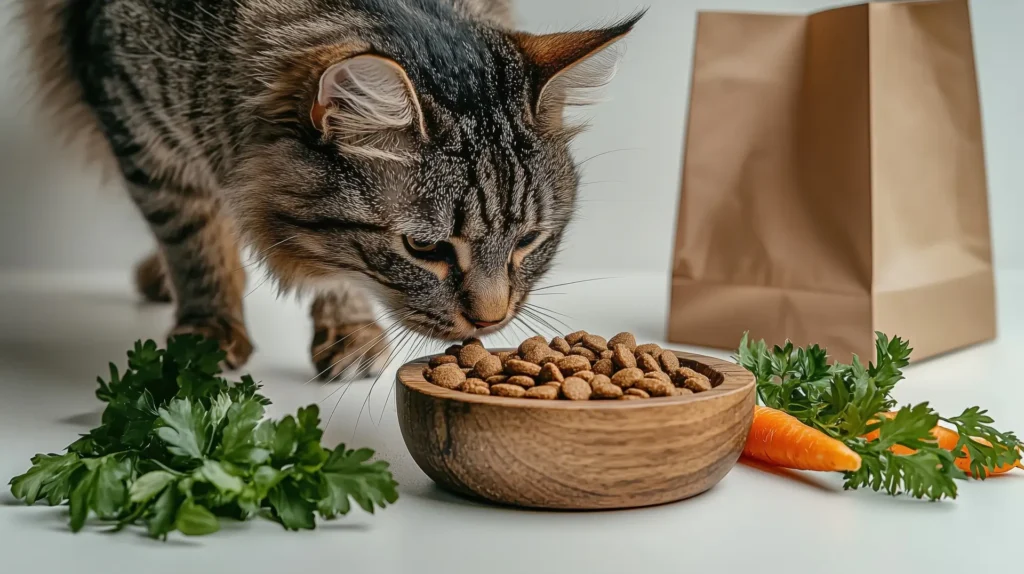The appeal of a high-energy dog in a compact build is clear. It has made the Mini Australian Cattle Dog a very popular choice. People love the intelligence and fierce loyalty of the standard Australian Cattle Dog. They see the smaller version as perfect for their modern, active life. This dog is also known as the mini heeler or miniature heeler dog. It keeps the deep drive and loyal nature of the parent dog breed. Before you adopt a Mini Australian Cattle Dog, you need all the facts. This guide shares what is true and what is myth. You need to know how to care for this powerful herding breed.
Related Article: Australian Cattle Dog: An Overview
What is the Mini Australian Cattle Dog?
The word “Miniature” suggests that an official breed standard exists. But the Mini Australian Cattle Dog is not recognized by major kennel clubs. This is a crucial truth every prospective owner must understand first.
What People Mean by “Mini”
A Mini Australian Cattle Dog is typically a smaller ACD. It has the look and active temperament of the standard dog. Adult weight is usually 15 to 30 pounds.
Other Names for the Mini ACD
This dog goes by several common names. You often see these in breeder listings:
- Mini Heeler or Mini Blue Heeler
- Miniature Heeler Dog
- Texas Heeler (This term often means a mini Aussie blue heeler mix.)
How the Mini ACD is Bred
The health of a Mini Australian Cattle Dog depends on its breeding. This is key for new owners to check.
- Selective Breeding: This is the ethical way to breed. It involves breeding the smallest, healthiest Australian Cattle Dogs. This aims for a genetically sound dog of small size.
- Dwarfism (Chondrodysplasia): This is the high-risk method. Some breeders use a specific gene to force size reduction. This can lead to serious health issues. Ethical breeders avoid this method entirely.
Mini vs. Standard Australian Cattle Dog
You must know the standard breed to truly understand the Mini. The Australian Cattle Dog (ACD), often called the blue heeler or Queensland heelers, is a tough, intelligent working dog.
Standard ACD Basics
The standard ACD has a medium stature. It stands 17 to 20 inches at the shoulder. It has a strong build and weighs 35 to 50 lbs. Its dense short coat resists bad weather. The standard cattle dog life expectancy is about 12 to 15 years.
Standard ACD Temperament
The standard ACD is incredibly intelligent and highly active. They show high alertness and a powerful herding instinct. They are very loyal but may be suspicious of strangers. This demands early and dedicated training.
Size and Appearance of Mini ACDs
The goal is a compact build that keeps the ACD’s robust features.
Mini ACD Size Details
| Feature | Mini Australian Cattle Dog (Approx.) | Standard Australian Cattle Dog (Approx.) |
| Height | 12 to 16 inches | 17 to 20 inches |
| Weight | 15 to 30 pounds | 35 to 50 pounds |
| Build | Compact build | Strong build |
Coat and Color Variations
The Mini keeps the same dense short coat. Colors are the same as the standard breed. They are often blue speckled (the blue heeler color). Or they are red speckled (the red heeler color). You may also find pure white heelers.
How Long They Live
The expected cattle dog life expectancy for a healthy Mini Australian Cattle Dog is 12 to 15 years. Health care and diet are essential for a long life.
Temperament and Energy Levels
The Mini Australian Cattle Dog is a high-drive, intelligent dog in a small body. Do not mistake their small size for a low-key nature.
Energy and Herding Drive
Yes, they do retain the drive. The Mini Heeler keeps the same intense herding breed drive and agile nature. Their active nature and high energy mean they need a job. They are not content to be lap dogs. This high drive is present even in blue heeler mini aussie mix puppies.
Social Behavior
Minis make excellent, loyal, and familial pets. They are also good watchdogs due to their protective nature. Early, constant socialization is needed. This ensures calm social behavior around new people. Owners must always aim to build a strong bond.
Common Behavior Issues
Key training needs involve stopping heel-nipping. If bored, they can be destructive or bark too much. Consistent management is the only solution.
Health Risks and Ethical Breeding
Because the Mini Australian Cattle Dog is not recognized, buyers must verify health.
Common ACD Health Issues
Minis face the same inherited health issues as the standard breed:
- Hip and Elbow Dysplasia (common due to their strong build).
- Progressive Retinal Atrophy (PRA).
- Hereditary Deafness.
Health Risks Specific to Minis
If a Mini is bred using the dwarfism gene, specific risks arise:
- Patellar Luxation: Kneecap dislocation is more common in dogs of small size.
- Spinal Issues: Problems related to disproportionate body length.
To diversify genetics, some choose a cross like the mini Aussie blue heeler mix. You should Love Your Pets Daily through attentive care and checkups.
What to Ask Breeders
Always ask breeders for proof of health clearances. This includes BAER testing for hearing. Ask for OFA or PennHIP results for joints.
Care and Lifestyle Needs
The Mini Australian Cattle Dog thrives when its mental and physical needs are met.
Exercise Requirements
Despite their small size, they need at least 60 minutes of hard daily activity. This can be running, hiking, or intensive fetch. This high energy must be managed to prevent joint problems.
Diet and Nutrition
Choose a high-quality, high-protein dog food. It must suit an active, small-to-medium dog. This is essentially a specific Blue Heeler diet. Their compact build needs precise portion control. This is vital because obesity strains their joints. Even smaller, delicate breeds like the Papillon Dog need specific diets.
Grooming
The dense short coat only needs brushing once or twice each week. Bathing should be kept to a minimum. Regular teeth brushing and monthly nail trims are necessary.
Living Environment
The Mini Australian Cattle Dog is better suited for city living. However, owners must provide dedicated, structured outdoor exercise daily.
Training and Mental Exercise
Training is absolutely necessary for this highly intelligent dog. Their minds need daily work.
Early Training
Begin obedience and socialization immediately. Exposure to new people helps establish desirable social behavior.
Managing Herding Instincts
Use dog sports like agility training or flyball. If they try to herd children, immediately redirect their playful energy to a toy. This is necessary for all herding breeds. This is true for the mini Aussie blue heeler mix as well.
Solving Behavior Problems
Their independent nature can cause stubbornness. Consistency is the key to managing barking and destructive habits. For a deeply loyal but determined dog, consistency works best. This is similar to managing the strong personality of a Terrier Dog.
Finding and Cost of a Mini ACD
Finding a true, healthy Mini Australian Cattle Dog requires careful research.
What to Watch Out For
Be wary of breeders promising “Toy ACDs” or pups that are “too small.” This may signal genetic problems. Avoid those who won’t show the parents’ health clearances.
Pricing
The mini blue heeler price (or for a purebred Mini ACD) is usually $1,000 to $2,500. This price reflects the selective breeding required. Adoption is often a much better option.
Real-Life Examples
Mini ACD owners often share similar experiences. They have a small-sized dog with the high energy of a giant. These dogs bring immense loyalty and make devoted friends. They show that their compact build does not slow their drive. Their needs are far more physical and mental than those of a tiny Chihuahua Dog.
Comparison to Other Breeds
The final choice often depends on small differences in size and temperament.
| Feature | Mini Australian Cattle Dog | Standard Australian Cattle Dog | Mini Aussie Heeler mix |
| Height | 12-16 inches | 17-20 inches | Variable (13-18 inches) |
| Space Suitability | Great for small homes with active owners | Needs a large, secure area | Great familial pet with a slightly softer drive |
| Drive | Full, Intense herding breed drive | Full, Intense herding breed drive | Usually High, slightly softer |
For comparison, even a fictional dog like the Lassie Dog (Collie) needs structured tasks.
Is the Mini ACD Right for You?
Before you adopt a Mini Australian Cattle Dog, check your lifestyle carefully.
Suitability Checklist
- Can you commit to 60+ minutes of vigorous activity daily? (Essential for their high energy.)
- Are you ready for daily puzzle toys and training? (Vital for their intelligent minds.)
- Are you experienced or willing to hire a trainer? (Recommended for their strong drive.)
- Do you understand the long-term commitment? (Remember the cattle dog life expectancy is 12-15 years.)
Quick Summary
| Pros | Cons |
| Loyal companion & Good Watchdog | High training needs & Stubborn streak |
| Better for small-sized living spaces | Not recognized (varied genetics/health risks) |
| Extreme agility and trainability | Needs extensive mental stimulation |
Conclusion
The Mini Australian Cattle Dog is a great choice for active owners. This is true if they want a loyal companion without the standard size. This dog brings immense agile energy and an intelligent mind into your home. Ensure you research ethical breeding. Provide the dedicated time and training this unique breed deserves.
FAQs
What are the typical traits of a miniature blue heeler?
The typical traits of a miniature blue heeler are high intelligence and intense alertness. They have a strong herding breed drive. They are highly obedient when trained. They need consistent social exposure from a young age.
How old are mini Australian cattle dogs?
A Mini Australian Cattle Dog typically reaches its adult height between 9 and 12 months. Their strong build will continue to mature until they are about 18 months old. Their cattle dog life expectancy averages 12 to 15 years.
Are Red and Blue Heelers the same breed?
Yes, red heelers and blue heelers are simply color variations of the same dog breed. The color does not affect their active temperament or size. Any Mini Australian Cattle Dog can exhibit either color.
Do Blue Heeler dogs like children?
Yes, with proper training, Blue Heeler dogs (including the Mini) can be wonderful familial pets. They are highly protective of their family. However, their intense herding breed instinct means supervision is necessary when running with children.








